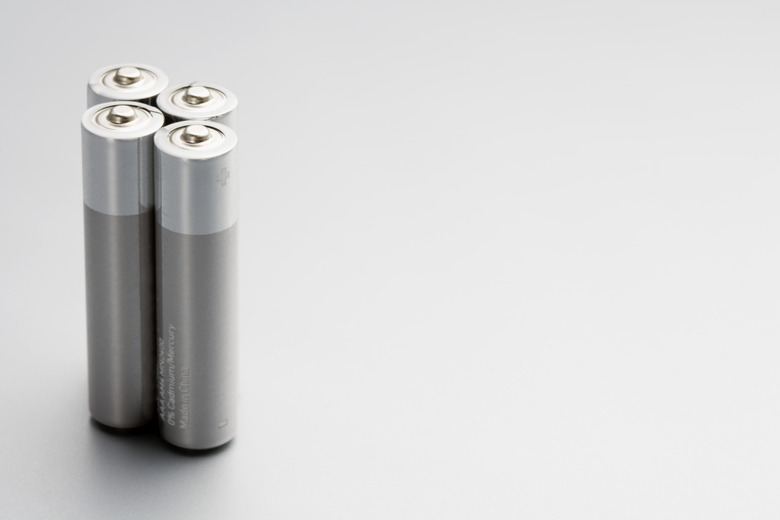Batteries Rely On What To Separate Positive & Negative Electrical Charges?
Batteries use a substance called an electrolyte between their positive and negative terminals. The two terminals of the battery are called the anode and cathode. The electrolyte in a battery is a substance that causes chemical reactions at the anode and the cathode. The exact composition of the electrolyte depends on the composition of the terminals. Some batteries have different electrolytes for each terminal.
What Happens Inside a Battery?
What Happens Inside a Battery?
Batteries operate based on oxidation and reduction reactions — redox reactions, for short — which involve the transfer of electrons between atoms: oxidation involves the loss of electrons, and reduction involves the gain of electrons. In a battery, the cathode gains electrons while the anode loses electrons. The electrolyte allows ions to travel between terminals, while electrons travel through an external wire. In this process, a battery converts the energy from its chemical reactions into electrical energy.
References
Cite This Article
MLA
Murmson, Serm. "Batteries Rely On What To Separate Positive & Negative Electrical Charges?" sciencing.com, https://www.sciencing.com/batteries-rely-separate-positive-negative-electrical-charges-13963/. 24 April 2017.
APA
Murmson, Serm. (2017, April 24). Batteries Rely On What To Separate Positive & Negative Electrical Charges?. sciencing.com. Retrieved from https://www.sciencing.com/batteries-rely-separate-positive-negative-electrical-charges-13963/
Chicago
Murmson, Serm. Batteries Rely On What To Separate Positive & Negative Electrical Charges? last modified March 24, 2022. https://www.sciencing.com/batteries-rely-separate-positive-negative-electrical-charges-13963/
